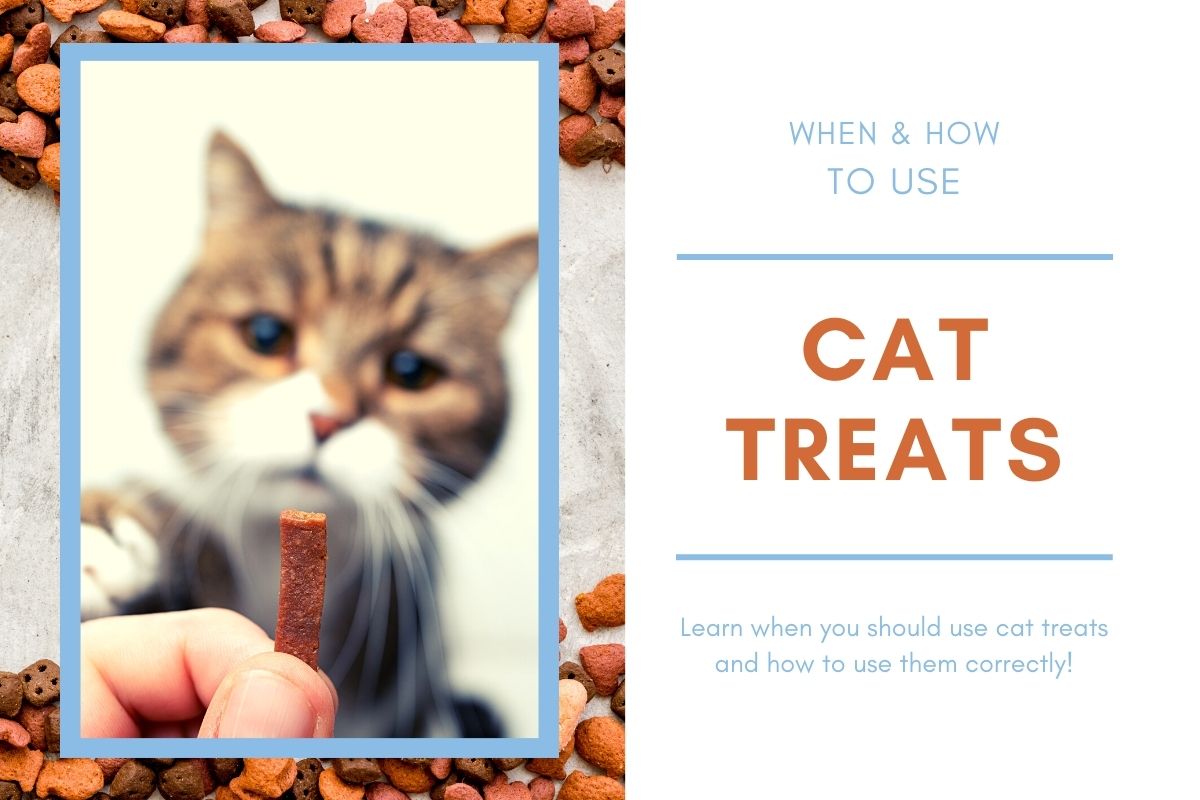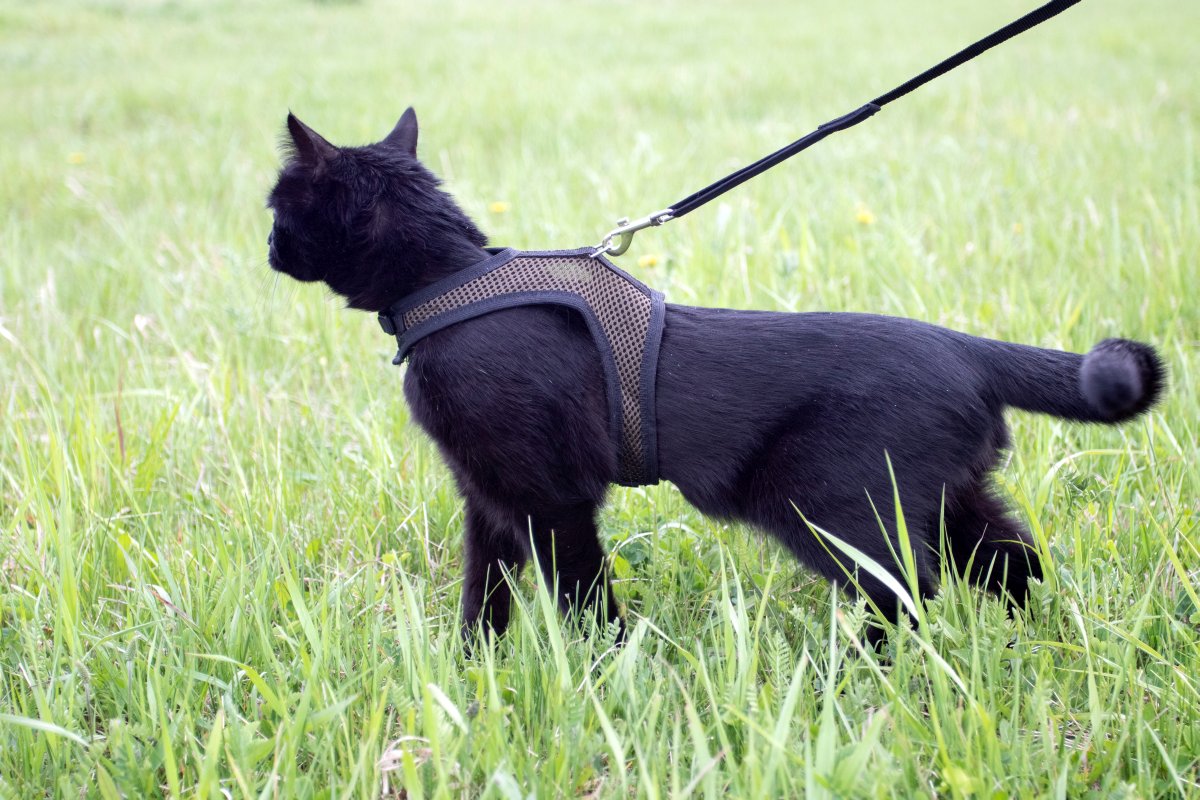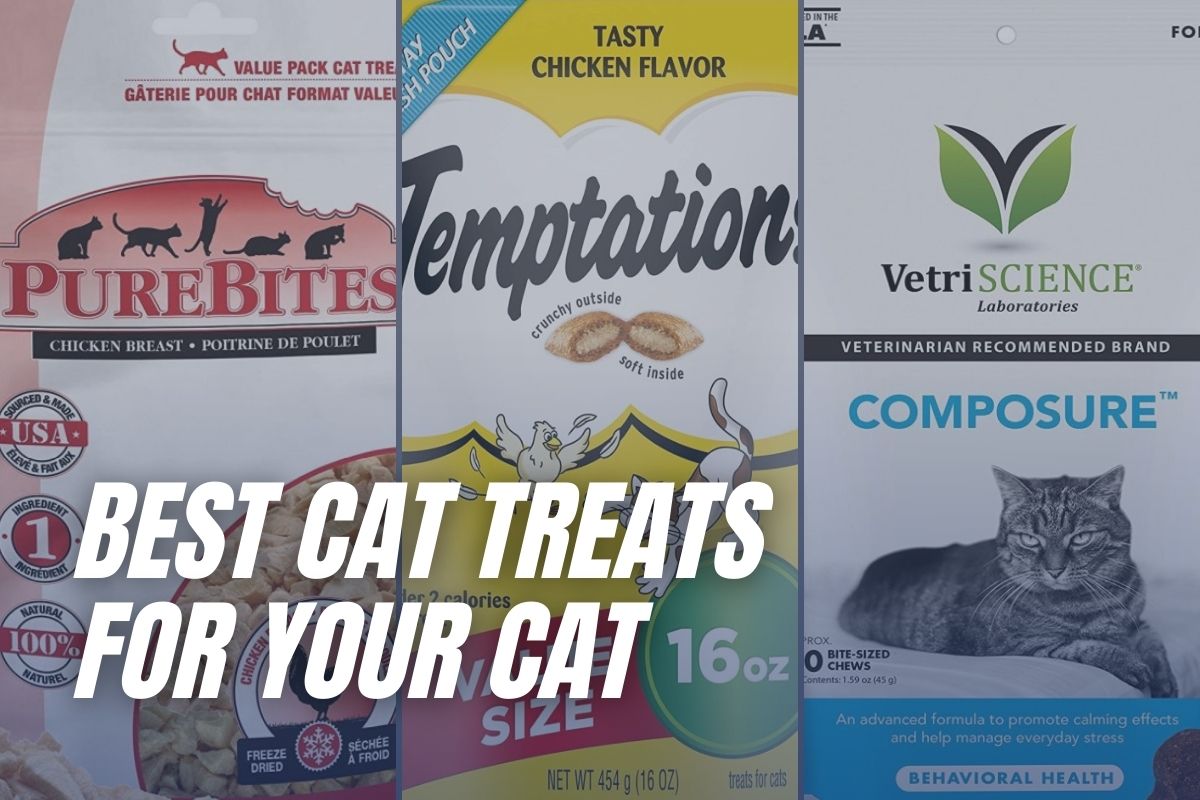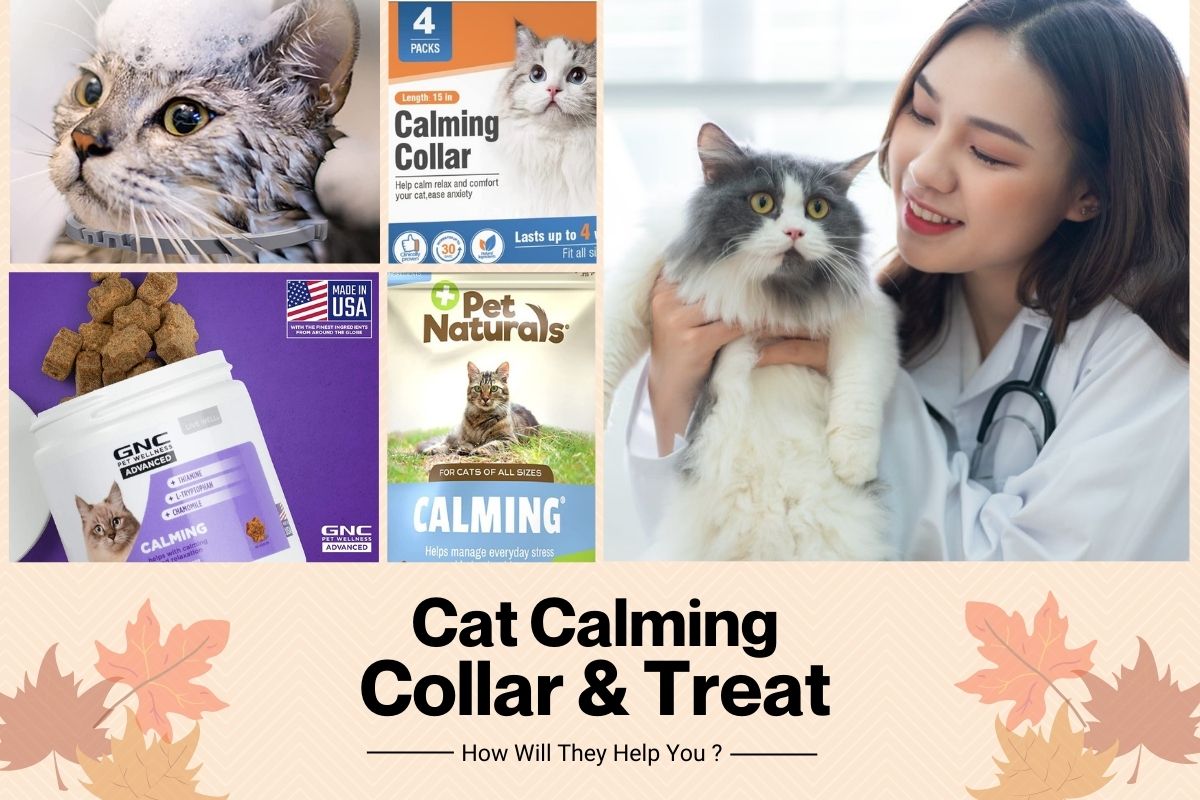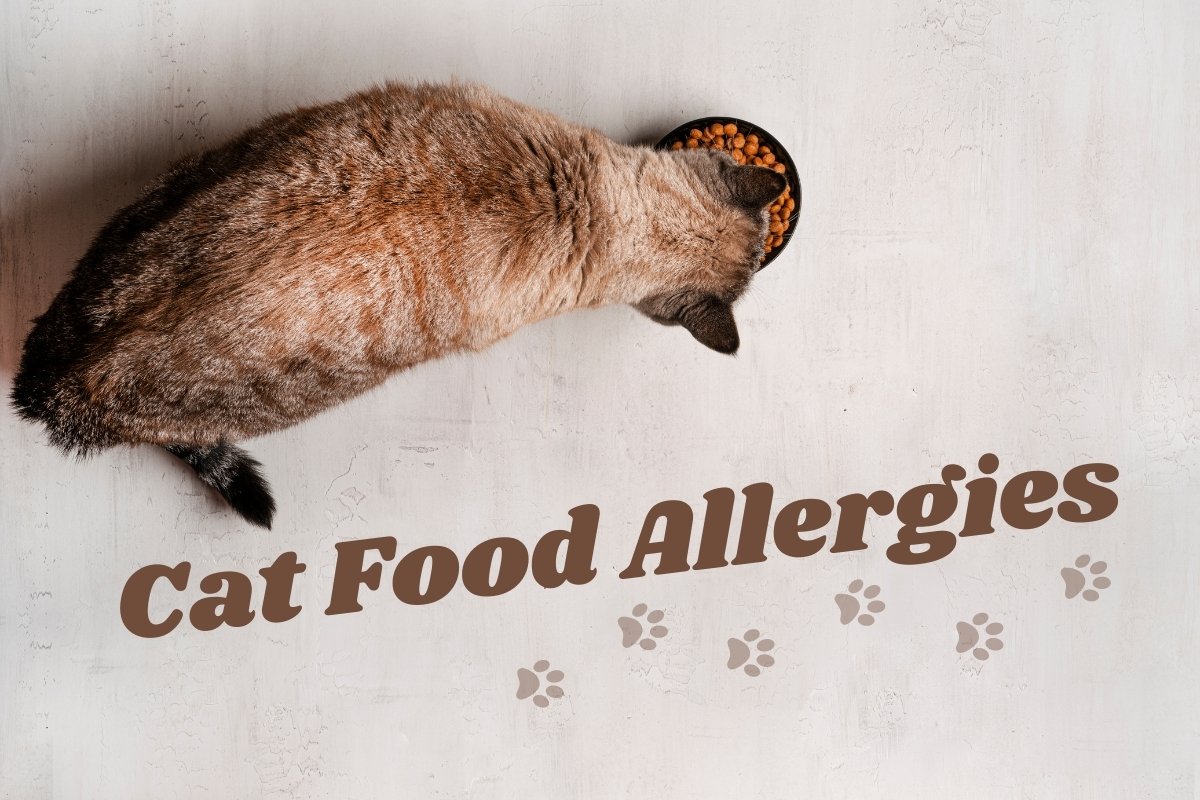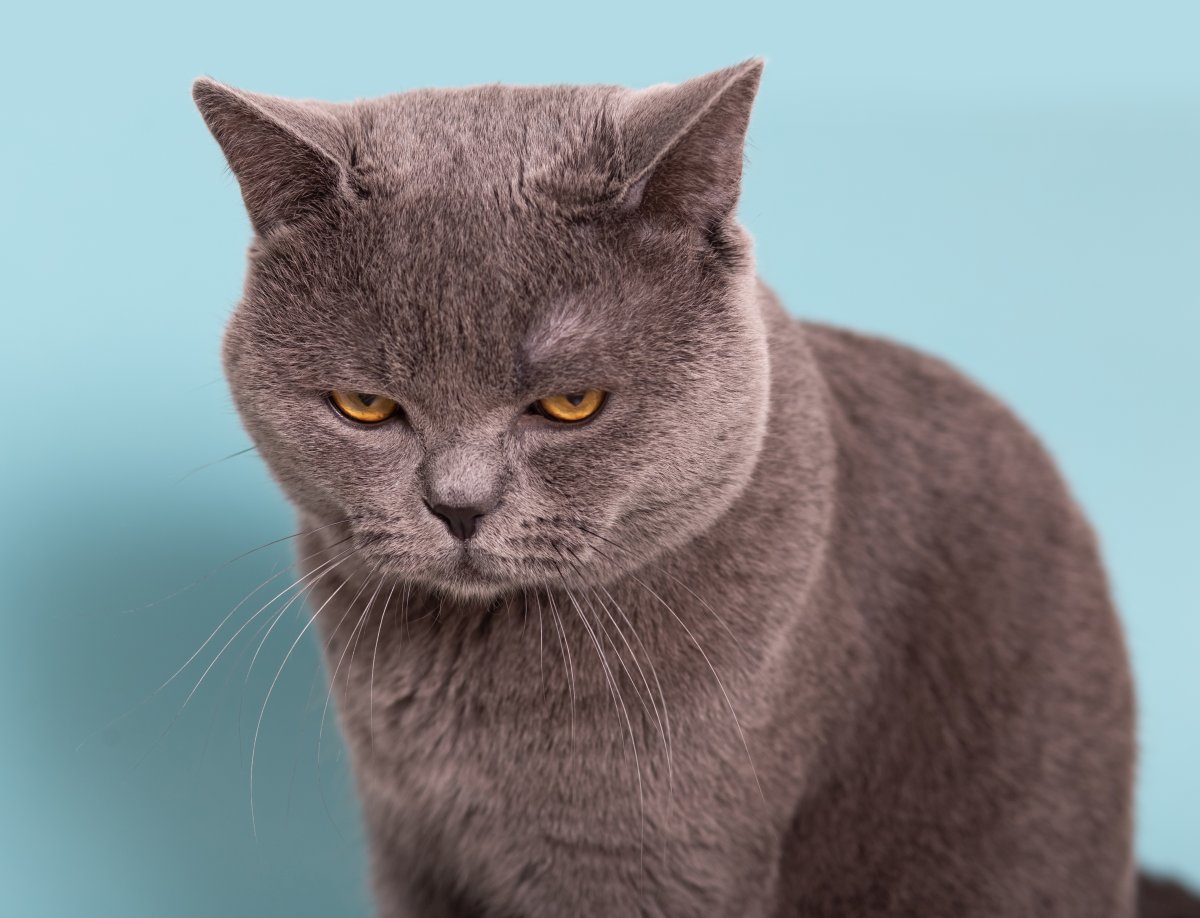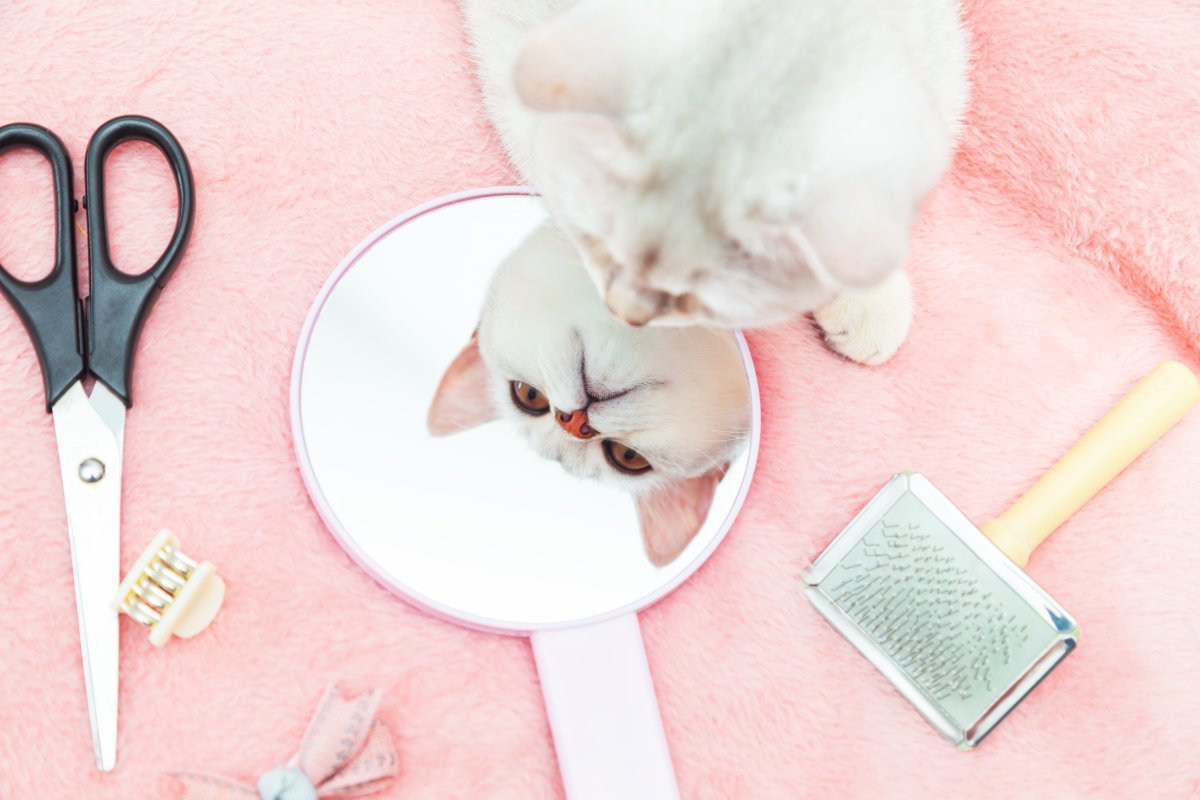When it comes to giving your feline companion a treat, it all comes down to flavor and nutrients. Cat treats can encourage excellent behavior, assist your cat in taking medication, or express to your cat how much you adore them. There is never a bad excuse to lighten your cat’s mood with enticing cat snacks while you’re watching their calories from treats.
When Should You Give Cats Treats?
It all narrows down to you and your attitude when feeding your cat treats. Don’t neglect that treats aren’t just for snacking; they may also be utilized as a learning prize. You may want to limit their snack consumption to times when your cat exhibits excellent behavior, like using their cat litter box or napping on their bed.
Note- whether the treats are for teaching or as a snack, the exact feeding requirements apply – don’t go beyond the advised feeding guidance and serve them as part of a complete meal.
You might like to read…
How Frequently Should I Feed My Cat Treats?
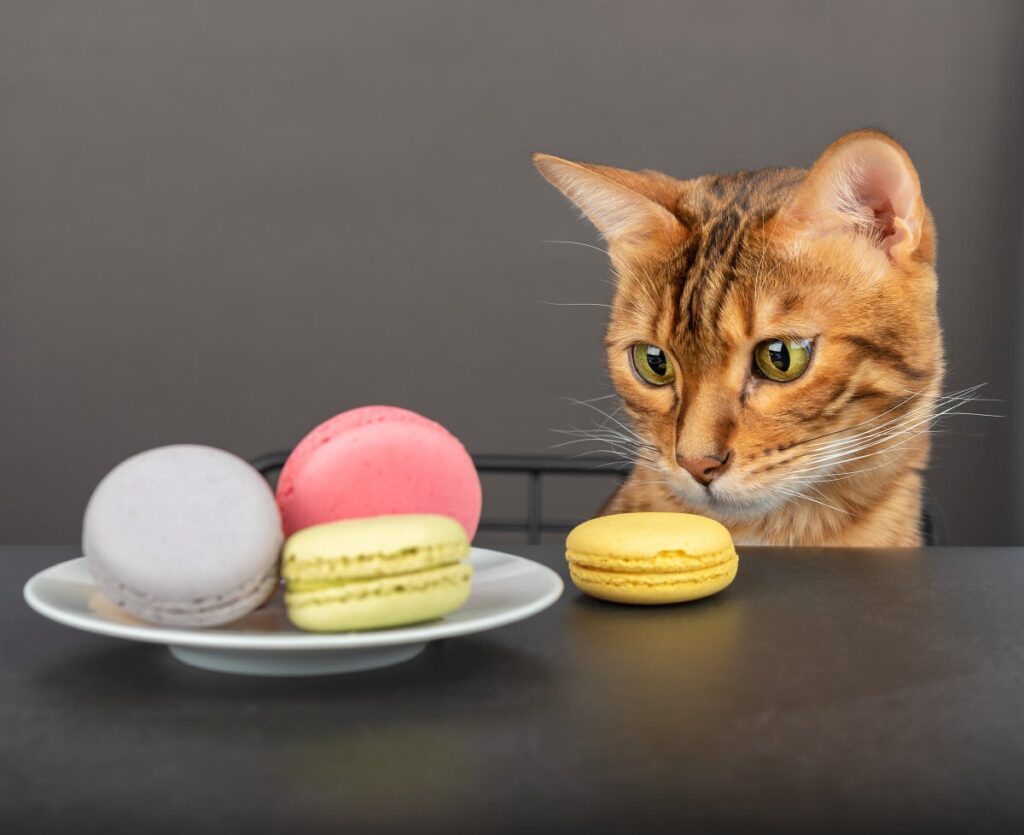
To begin with, your cat does not require treats. A healthy diet of high-quality, age-appropriate cat food can meet their everyday nutritional needs. If you do not know which foods are beneficial for your cat, please read our guide or seek guidance from your veterinarian.
For multiple purposes, we all want to spoil our pets occasionally, whether with a new activity or a few delectable treats. Cats can have treats daily but should not exceed their regular calorie count. This is because the nutritional value and caloric content of each variety and kind of snack will vary. Be careful to read the instructions on the container. They must not be administered as a nutritional supplement.
What Should You Avoid in Cat Treats?
Keep in mind that treats are only for pleasure. They must not be given daily or used to substitute for your cat’s usual meals. Too many treats can lead to obesity, particularly in domestic cats that are more lethargic.
Few things to prevent when feeding snacks to our kitty companion:
❖ Overeating
The most important thing to avoid when giving your cat treats is overfeeding. Depending only on food to express affection or motivate your cat to behave is a surefire way to end up with an obese cat. Treats are for special times, and the additional calories in their daily meal portions must be considered.
❖ Low-Quality Treats
Artificial substances are commonly used to hide poor quality and to stimulate overeating. Synthetic colors are not for your cat’s advantage and are frequently derived from unknown origins. The more unfamiliar elements on the packaging, the less likely you should select that item.
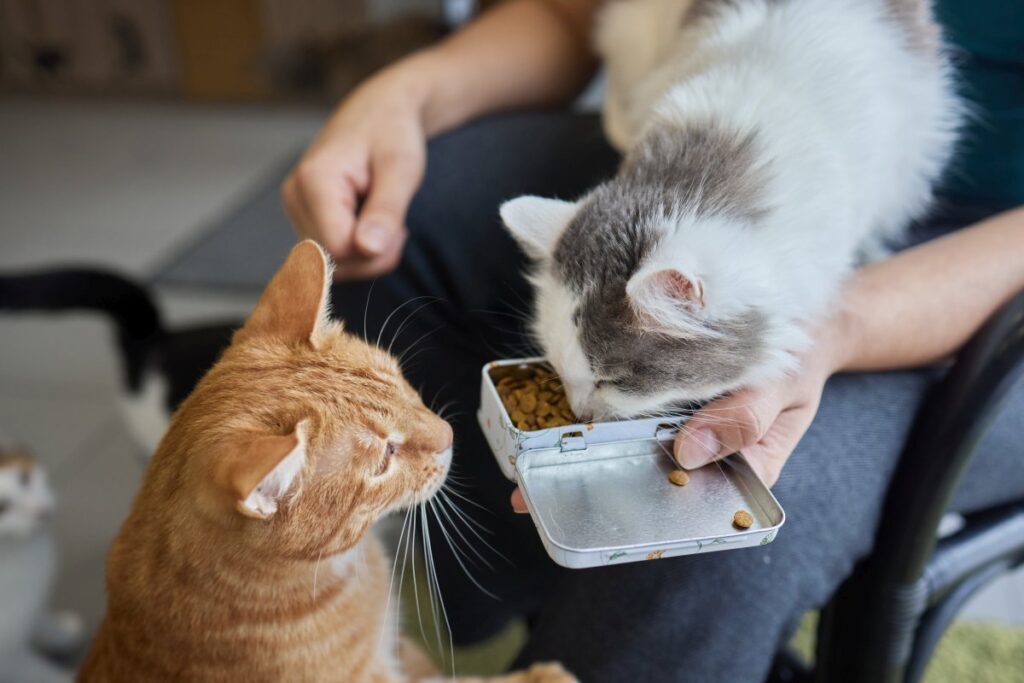
❖ Leftovers
Do not give your cat any leftover food as your cat does not require human food to be healthy. Your cat can engage in undesired habits such as nagging or climbing on the table to nibble on the leftovers. Limiting your cat’s diet to cat meals and treats is recommended.
❖ Using Treats as Substitutes
Never replace cat treats for actual fun activities. Your cat may plead for love for a variety of reasons. Plan engaging playtime exercises to help prevent begging without providing too many high-carb treats.
What Happens If We Feed Too Many Treats to Cats?
Overfeeding treats to your cat can result in overweight, intestinal issues, and poor nutrition. A cat that has been overfed on goodies will most likely refuse to eat their usual food and may exhibit signs such as:
- Constipation
- Diarrhea
- Vomiting
In addition, a cat that eats stale cat treats may face the same problems. This indicates that if your cat eats too many treats, it will not acquire enough nutrients. Manufactured cat snacks can also be rich in salt, carbohydrates, and fat. They can lead to various health issues, making your homemade cat treats a healthier alternative.
Advantages of Giving Cats Treats
Cat treats provide a lot of advantages, including a happier, well-behaved companion and a closer bond between the cat and you. They can be a terrific way to treat your cat, express love, and promote good behavior if handled appropriately.
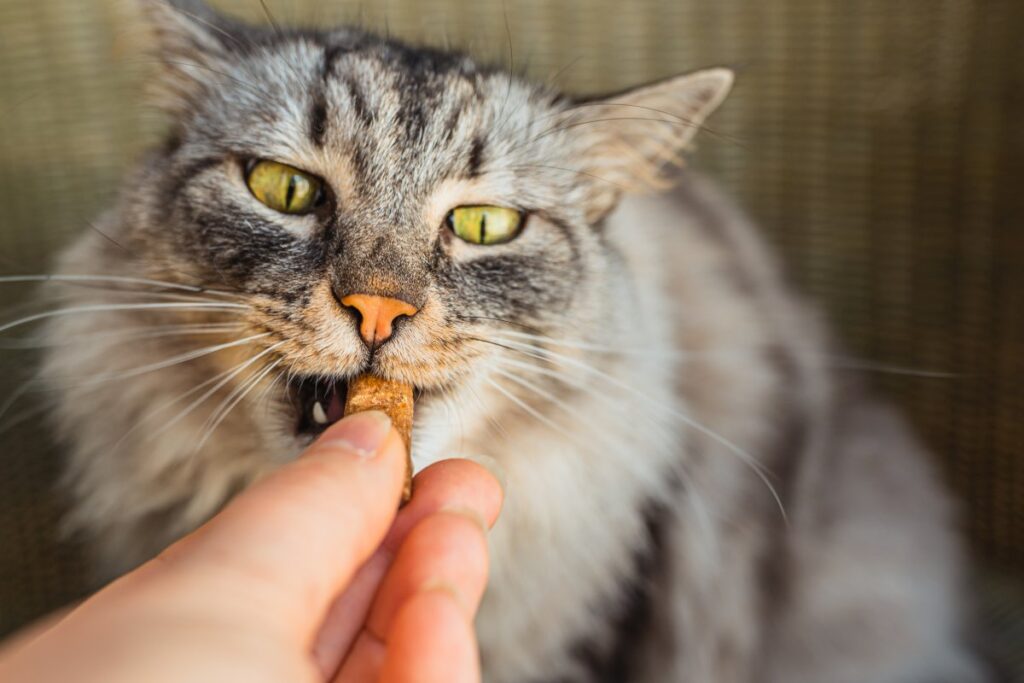
❖ Dental Treatment
Cats, like people, must brush their teeth. Giving your pet snacks is the easiest method to accomplish this, and they are an excellent technique to keep gum disease at bay. Consider a teeth-friendly snack that includes just a little or no sugar when looking for an appropriate delicacy for your cat.
Typically, the package of such snacks states that they are suitable for dental care. These delights frequently contain unique active substances intended to inhibit bacterial invasion and plaque buildup, avoid cavities, and speed up the recovery of oral injuries.
❖ Eliminates Anxiety
Treats are another effective method for reducing anxiety in cats. When a cat is injured or recuperating from an ailment, they may become even pickier about what they eat. Providing a light treat during these times can urge them to eat when they are in need.
❖ Treat-Based Training
Treat-based training is vital for cats, and training using goodies is a highly effective favorable reinforcement approach. It is used to educate your cat to perform various tasks, like staying off the dining table or kitchen counters or not scratching furnishings.
❖ Reduces Food Boredom
Treats are another method of making things exciting and breaking up the monotony of the same old bland meal. Apart from their regular nutritious diet, a little diversity is a nice and lovely option.
How to Stop Your Cat from Begging Treats
Constantly asking for treats is a harmful habit that many cat owners unknowingly support. It’s vital to prevent feeding them human food and put any scraps away, so the curious pet doesn’t mistake it for their allocated meal. Also, don’t use your dish as a cat feeding bowl; their food container should be the only place they can get their food.
It is better to reject the nagging during mealtime as hard as it may appear at first. In this manner, your cat will know that attempts are futile and will stop attempting to capture your mind for a yummy treat repetitively.
Conclusion
Finally, remember that treating your cat does not always imply nourishing them. Before introducing anything new into your cat’s meal, speak with your veterinarian. Since cats are so petite, even a few additional pounds can significantly impact their general health. Therefore, it’s critical to understand whether or not your cat’s body weight is typical.
Frequent veterinarian checkups are the most incredible method to guarantee that your kitty friend does not get overweight unintentionally.

